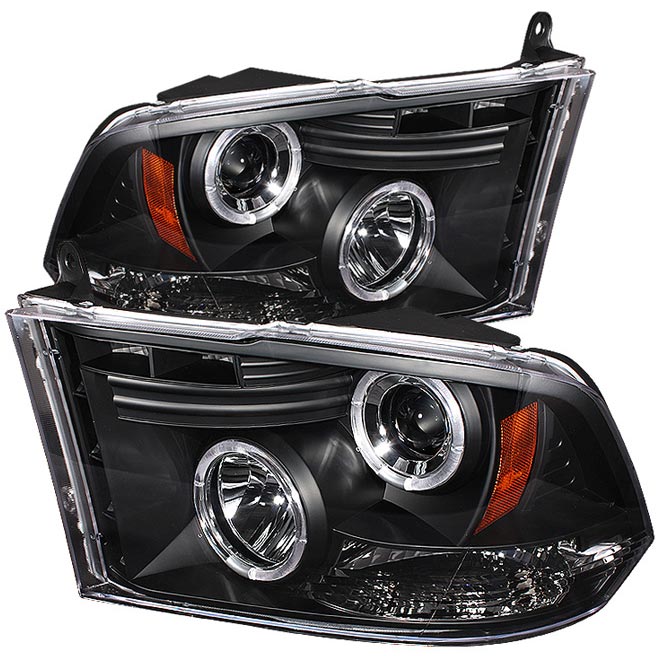

And a year after that, the Ferrari was acquired by Tom Meade. A hastily applied cardboard dealer number plate was affixed for the occasion, which resulted in some excellent photographs for the press to feast on.Īlmost a decade after it was delivered, in 1968, this 250 GT LWB changed hands, remaining in Naples. So pleased was Ferrari with how chassis number 1425 GT turned out that it borrowed the car for a commercial photo shoot in the pretty port of Naples. The California Spyders may have been beautiful, but they were thinly disguised racers at heart. We think it’s worth noting that chassis number 1451 GT, which was produced two cars behind ‘ours’ at the factory and also an open-headlight model, finished fifth overall in the 1959 24 Hours of Le Mans. From a visual perspective, this Ferrari’s engine bay is indistinguishable from that in the 250 GT LWB ‘Tour de France’. The latter was complemented by two desirable optional extras: the cold airbox, designed to force-feed cooler and denser air to the engine, and the competition-inspired velocity stacks. So pleased was Ferrari with how chassis number 1425 GT turned out that it borrowed the car for a commercial photo shoot in the pretty port of Naples.Īn open-headlight 1959 model originally finished in white over a black interior, this late-production California Spyder benefitted from the more resolved Scaglietti coachwork, the enhanced Tipo 508D chassis and the latest (and most powerful) Tipo 128D variant of the Colombo V12. The 27th of the 50 250 GT LWB California Spyders built by Ferrari, chassis number 1425 GT was not exported to the United States but instead remained in Italy – more specifically Naples, with a distinguished lady by the name of Livia Mustica. And, beneath the desperately beautiful surface, the California Spyder was essentially the same car – a potent and sophisticated twelve-cylinder sports car that most manufacturers could only dream of rivalling, on the racetrack or on the road.Ī jaw-droppingly pretty drop-top 1950/60s Ferrari with all the glamour and celebrity sex appeal that comes with it, the 250 GT California Spyder is entirely befitting of its hallowed status not just in Ferrari spheres, but in the broader collector-car world in general. Let’s not forget that, in Europe, Ferrari was dominating international GT racing with its 250 GT ‘Tour de France’ and, subsequently, the SWB Competizione.

Perhaps the most pertinent similarity with these 100-or-so cars is their competition lineage. Alloy bodywork, open or closed headlights, additional spotlights, competition features such as an external fuel-filler cap or an enhanced ‘cold’ airbox – no two California Spyders are truly alike. Unpacking the characteristics of this gorgeous open Gran Turismo, its near-celestial status to collectors is hardly surprising.Īvailable either with a long- (2,600mm) or short-wheelbase (2,400mm), the Pininfarina-designed, Scaglietti-built Ferrari 250 GT California Spyder could be configured exactly as the customer determined. Over six decades later, the resulting car – aptly christened the 250 GT California Spyder – is considered to be among the most desirable Ferraris ever built. And, unusually, Il Commendatore was amenable. And never was this more evident than when the Italian emigrant heard out his West Coast representative John Von Neumann’s hunch that a drop-top version of the successful closed-coupé Ferrari 250 GT would prove a hit with his well-heeled sun-seeking clients in Los Angeles and beyond.Ĭhinetti took the proposal directly to Il Commendatore. Presenting a number of exciting opportunities for its next owner, be it preservation or restoration, having never been shown on the international concours circuitĮnzo Ferrari’s close friend and trusted North American concessionaire, Luigi Chinetti was a shrewd businessman. The preserve of the Jet Set in period and considered by many to be the most beautiful open Ferrari of them all The star of official Ferrari press photos, captured in the port of Naples in 1959Īccompanied by its tool roll, period tonneau cover and a comprehensive history file comprising a mind-boggling wealth of documentation, period photography, sales literature and invoices Matching numbers and just four owners from new, the third of whom cherished it for almost 50 yearsĪ late-production (508D) chassis fitted with the optional cold airbox and velocity stacks The 27th of only 50 Ferrari 250 GT LWB California Spyders


 0 kommentar(er)
0 kommentar(er)
